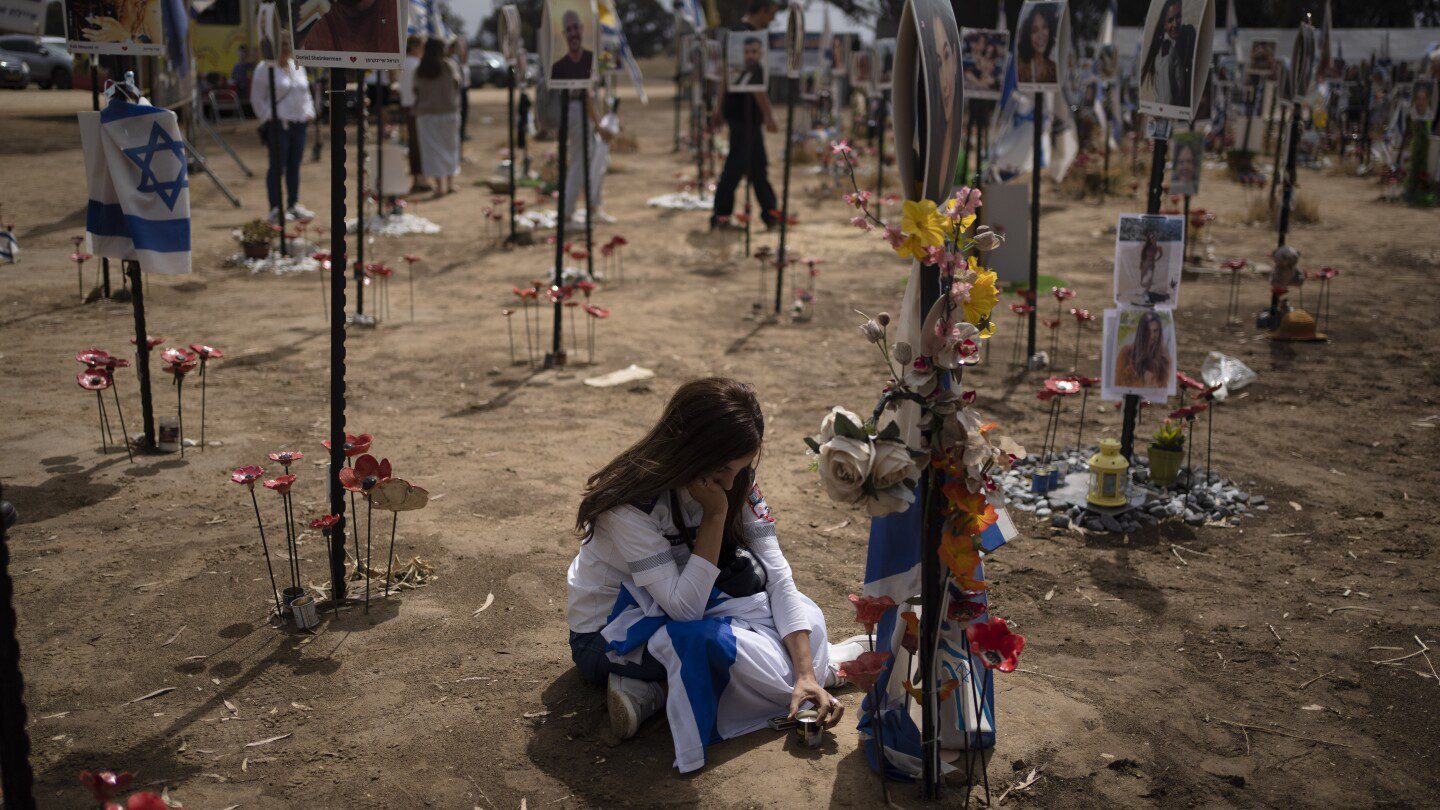
TEL AVIV, Israel (AP) — An investigation by the Israeli military revealed that Hamas executed the deadliest attack in Israel’s history on October 7, 2023, due to the Israeli army underestimating both the militant group’s intentions and capabilities.
The investigation’s findings, made public on Thursday, may intensify calls for Prime Minister Benjamin Netanyahu to initiate a broader inquiry into the political decisions leading up to the assault, which ignited the conflict in Gaza.
Many citizens of Israel see the blunders of October 7 as extending beyond the military, attributing the failed deterrence and containment strategy of recent years to Netanyahu. This strategy involved allowing Qatar to transfer cash into Gaza while undermining Hamas’ rival, the internationally recognized Palestinian Authority.
Netanyahu has refrained from accepting responsibility, stating he would address the difficult questions only after the ongoing war, which has been momentarily paused for nearly six weeks due to a fragile ceasefire. Despite mounting public pressure, including from families of the approximately 1,200 fatalities in the October 7 attack and the 251 hostages taken to Gaza, Netanyahu has resisted calls for a formal inquiry.
The military’s findings indicated that Israel’s most formidable and advanced military misread Hamas’ intentions, underestimated its capabilities, and was entirely unready for the surprise strike by thousands of armed militants during the early hours of a major Jewish holiday.
In remarks made to military leaders on Monday, and subsequently shared with the public on Thursday, Lt. Gen. Herzi Halevi, the army’s chief of staff, accepted responsibility for the military’s shortcomings. “I was the commander of the military on October 7th, and I accept my own accountability. I also bear the weight of your collective responsibility — that is also mine,” said Halevi, who announced his impending resignation, effective next week.
The military’s conclusions align with previous assessments by officials and analysts. Only a summary of the report was released, with military officials elaborating on its findings. “October 7 was a complete failure,” stated one military official who spoke anonymously in accordance with regulations.
A significant misunderstanding was the belief that Hamas, having taken control of Gaza from the Palestinian Authority in 2007, was primarily focused on governing the territory rather than engaging in warfare against Israel.
The military also significantly underestimated Hamas’ capabilities. Planners had assumed that even in a worst-case scenario, the group could only launch a ground assault from up to eight border points. In reality, Hamas had devised over 60 attack routes.
Intelligence gathered after the incident revealed that Hamas had attempted to execute the attack on three prior occasions but postponed it for undisclosed reasons.
In the critical hours leading up to the assault, indicators suggested an impending attack, such as Hamas fighters switching their communication to the Israeli network.
The belief that Hamas sought to avoid conflict steered decision-makers away from taking precautionary measures that could have thwarted the attack that night. Israeli military intelligence suggested that Yahya Sinwar, a key figure behind the October 7 attack, which he began planning as early as 2017, was ultimately killed last October.
During the holiday weekend, Hamas launched a barrage of rockets, enabling thousands of fighters to breach the security fence or soar over it on hang gliders. They incapacitated surveillance systems and swiftly overwhelmed the hundreds of soldiers stationed at the border.
Following their initial assault, Hamas advanced to critical highway intersections, engaging with troops sent to the area, including senior officers, which disrupted the military’s command and control, according to a second military official who also requested anonymity.
In the first three hours post-attack, Hamas fighters rampaged through border communities and even interrupted a music festival, facing minimal resistance. This chaos resulted in most of the fatalities and the capture of the 251 hostages, according to the official. There were reports of friendly fire incidents, although the official did not disclose any specific numbers.
It took several hours for the military to regain control, and it was several days before the area was entirely free of militants.
According to the initial official report, military overconfidence in their knowledge and core beliefs was criticized. The summary emphasized that Israel must not allow threats to develop on its borders.
It also outlined several recommendations, such as establishing specialized units to prepare for similar surprises and significant reforms in military intelligence to promote “openness, skepticism, listening, and learning.”
No individual soldiers or officers were singled out for blame, but this report is likely to trigger a reckoning within the military and lead to potential dismissals.
Several high-ranking officers have resigned, including the former head of military intelligence, apart from Halevi in recent events.









